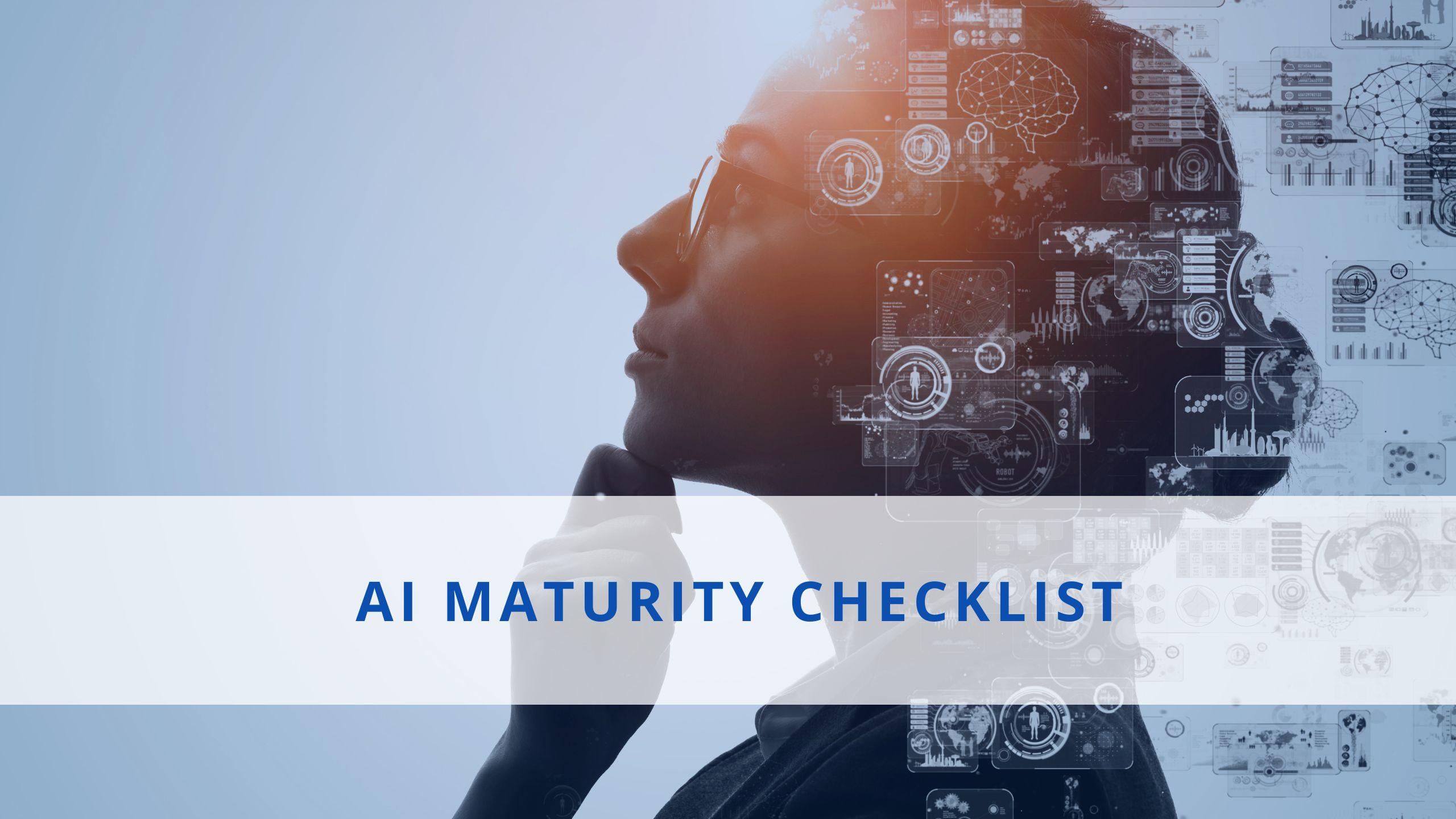Transforming Data Lakes through AI Maturity for Business Advantage

Organizations today generate massive volumes of data daily, but without proper management and analysis, these data lakes remain untapped resources. Achieving AI Maturity is critical for converting raw data into strategic business advantage. AI Maturity enables businesses to harness their data to automate decisions, predict trends, and generate actionable insights that improve operational efficiency and drive innovation.
Understanding AI Maturity
AI Maturity measures an organization’s ability to integrate artificial intelligence across its processes, technologies, and culture. High AI Maturity enables businesses to leverage data lakes as intelligent decision engines, transforming raw information into actionable insights. Organizations with low AI Maturity often face fragmented data use, inconsistent insights, and underutilized AI initiatives.
Achieving maturity allows enterprises to create a seamless ecosystem where AI-driven analytics inform strategy, optimize processes, and enhance customer experiences.
Building a Strong Data Foundation
A reliable and well-governed data foundation is essential to AI Maturity. Data quality and governance ensure AI models operate on accurate and actionable information.
Key initiatives include:
-
Implementing data governance frameworks to maintain accuracy, consistency, and regulatory compliance.
-
Metadata management to improve data discoverability and usability.
-
Data quality monitoring to identify and correct anomalies.
-
Security and privacy protocols to safeguard sensitive data.
A strong foundation ensures AI models can generate reliable insights, transforming data lakes into decision-making engines.
Integrating AI with Data Lakes
Integration is the next critical step in transforming data lakes into decision engines. AI systems require seamless access to both structured and unstructured data for actionable insights.
Best practices include:
-
Building real-time data pipelines to feed AI models with updated information.
-
Utilizing API-driven connectivity for integration across platforms.
-
Implementing data catalogs for easy dataset discovery and accessibility.
-
Leveraging cloud-native architectures to ensure scalability and high performance.
Integration turns passive data repositories into dynamic intelligence hubs capable of supporting enterprise-wide decision-making.
Leveraging Machine Learning
Machine learning is central to AI Maturity. By analyzing large datasets, machine learning models detect patterns, predict outcomes, and optimize operations.
Essential practices include:
-
Supervised learning for predictive modeling using labeled datasets.
-
Unsupervised learning to detect hidden patterns and correlations.
-
Reinforcement learning for adaptive decision-making.
-
Continuous model retraining to ensure accuracy and relevance as data evolves.
Machine learning transforms data lakes from storage solutions into decision engines capable of actionable intelligence.
Scaling AI Infrastructure
Scalable infrastructure is necessary to support growing data volumes and AI workloads. Organizations must adopt robust systems to maintain performance and efficiency.
Scalability strategies include:
-
Hybrid and multi-cloud solutions for flexibility and resilience.
-
MLOps practices for automated deployment, monitoring, and updating of models.
-
Containerization and orchestration tools like Kubernetes for workload management.
-
Data lineage tracking for transparency and compliance.
A scalable infrastructure ensures AI decision engines operate efficiently and reliably at enterprise scale.
Measuring AI Performance
Monitoring AI performance is crucial for maintaining maturity and maximizing value. Organizations must track the impact of AI initiatives on decision-making, operational efficiency, and business outcomes.
Important metrics include:
-
Model accuracy to ensure reliability of insights.
-
Operational efficiency to measure improvements through automation.
-
Decision speed to evaluate responsiveness and agility.
-
ROI from AI initiatives to quantify financial and strategic impact.
Continuous monitoring allows organizations to refine AI systems, optimize performance, and ensure alignment with strategic objectives.
Fostering a Data-Driven Culture
AI Maturity is as much about culture as technology. Organizations must develop a culture that values data-driven decision-making, ensuring employees understand and act upon AI-generated insights.
Key approaches include:
-
Implementing AI literacy programs to educate employees on analytics and AI applications.
-
Encouraging cross-functional collaboration between analytics, IT, and business units.
-
Developing ethical AI guidelines to ensure responsible usage.
-
Promoting innovation and experimentation to drive continuous improvement.
A data-driven culture guarantees that AI insights are trusted, actionable, and embedded in organizational decision-making processes.
Applying Predictive and Prescriptive Analytics
Predictive and prescriptive analytics are core to transforming data lakes into decision engines. Predictive analytics forecasts future outcomes, while prescriptive analytics recommends the best actions to achieve objectives.
Benefits include:
-
Anticipating customer needs and improving personalized experiences.
-
Identifying operational bottlenecks before they escalate.
-
Optimizing supply chain, production, and resource allocation.
-
Automating decision-making for faster, more informed actions.
Together, these analytics capabilities allow organizations to move from reactive strategies to proactive, data-driven decision-making.
Continuous Evolution and Innovation
AI Maturity is an ongoing journey. As technologies like generative AI, edge computing, and advanced analytics evolve, organizations must continuously assess AI strategies, update models, and refine infrastructure.
Continuous improvement ensures data lakes evolve into intelligent decision engines that consistently deliver actionable insights, drive innovation, and provide sustained competitive advantage.
About Us:
At BusinessInfoPro, we empower entrepreneurs, small businesses, and professionals with cutting-edge insights, strategies, and tools to fuel growth. Driven by a passion for clarity and impact, our expert team curates’ actionable content in business development, marketing, operations, and emerging trends. We believe in making complex ideas simple, helping you turn challenges into opportunities. Whether you’re scaling, pivoting, or launching a new, Businessinfopro offers the guidance and resources to navigate today’s dynamic marketplace. Your success is our commitment, because when you thrive, we thrive together.
- Art
- Causes
- Crafts
- Dance
- Drinks
- Film
- Fitness
- Food
- Oyunlar
- Gardening
- Health
- Home
- Literature
- Music
- Networking
- Other
- Party
- Religion
- Shopping
- Sports
- Theater
- Wellness




